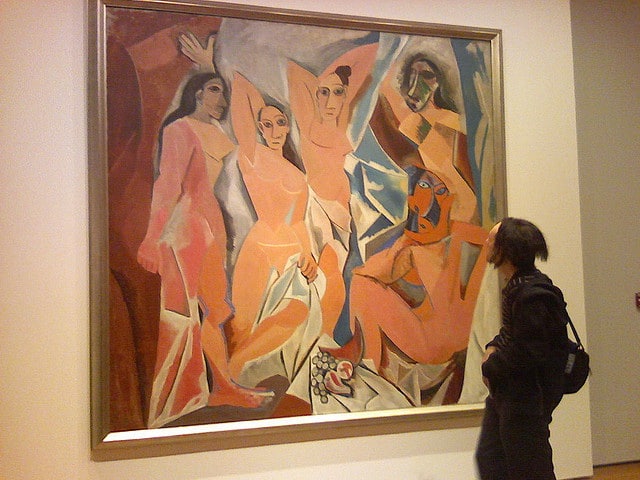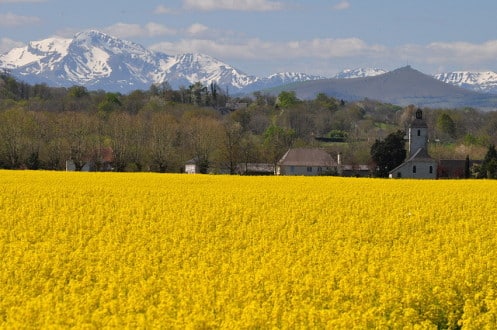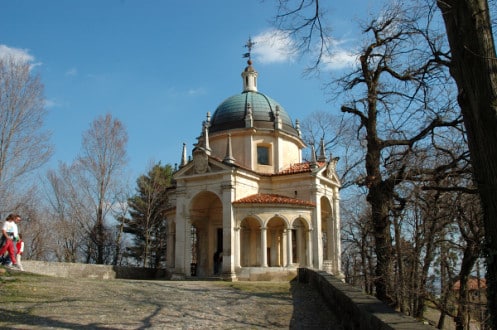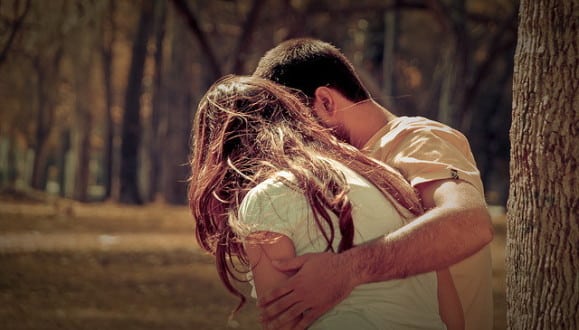Tag Archives: experiencing beauty
Need to Feel a Sense of Reward? Try Looking at Art

We all love that feeling of accomplishment we get when we complete a project, overcome a challenge, or create something beautiful—but it’s not always easy to come by. When we’re feeling tired, demotivated, or depressed, it’s much more difficult to engage in the “work” part of the work and reward cycle our brains need to thrive.
Knowing how to stimulate feelings of reward and pleasure during such low periods is key to emerging from them as quickly as possible, and thanks to a new study by researchers at the Emory University School of Medicine, we now know there’s an easy way to accomplish this: Simply look at art.
The Emory study, which included four male volunteers and four females (all in their mid-twenties) revealed that there is something special about viewing art; it more strongly activates the brain’s “reward system” than other forms of pleasurable visual stimulation. When the researchers analyzed (via imaging technology) the brain activity of the study participants while viewing the works of Monet, Van Gogh, Picasso, and others, vs. while viewing photographs of similar subjects, they found that the brain’s ventral striatum (a part of the reward system) was more active while viewing the works of art.
According to senior author Krish Sathian, M.D., Ph.D., professor of neurology, rehabilitation medicine, and psychology, this part of the brain is already well-known for its involvement in obviously reward-seeking behaviours (such as addiction and gambling), working in conjunction with the orbitofrontal cortex to create what is known as the “reward circuit”. Interestingly, this area of the brain is also active during times of uncertainty; it plays a role in the decisions we make while under financial stress, for instance.
This study, which was supported by the State of Georgia, the National Institutes of Health, and the Veterans Administration, represents a departure from the usual research into how our brains appreciate art, which has typically been carried out from an aesthetic angle (i.e., figuring out how our brain reacts to art it deems “ugly” as compared to art it deems “attractive”). Such studies usually asked participants to assess art by rating its beauty on a scale of one to ten, and revealed that aesthetic preference is largely the result of activity in the amygdala, which is involved in emotional reactions, and parts of the orbitofrontal cortex.
Experiencing Beauty in Nature

The first image that came to mind as I wrote the title for this article was that of a warm and sunny summer afternoon with a Tinker Bell like character magically flying through a field of daisies. Pure fantasy? Maybe not. Let’s take a closer look.
The Way it Was
Most of us have pleasant memories of the Walt Disney fairy who first appeared in the Disney animated series Peter Pan. Young and old alike remain enamored with Tinker Bell. Her flights of fancy are the stuff that this title speaks about.
Experiencing = Not studying, nor psychological speak, no PhD required. Just an openness to what gifts are given to us in the ways of nature.
Beauty = An attractiveness void of logic or empirical evidence that appeals to us through our senses
In = The placement of those elements in such a way that they become beautiful. Notice that the beauty being experienced is not separate from nature, rather it is an integral part of nature; it is IN nature.
Nature: The design of the environment we reside in, including all of its processes and outcomes. Whether by grand design or happen chance and contrary to the preferences of some, in its purest form nature is a free agent. Try as we might, we have yet to be able to control nature.
The Beauty Matrix or How to Notice Beautiful World Around You

Words and phrases are the language of our mind. How we use them and the definitions we assign to them plays a critical role in how we experience our world. This may seem more complicated than it is; or is it?
Example
While visiting a friend at Rogers, Arkansas we took a drive to view some of the sights of the area. Our tour took us through a beautiful heavily wooded area. After parking, we got out and saw several trails leading off in different directions. Our friend directed us toward the trail he had in mind. For about a quarter of a mile we proceeded down a path when there, at its end stood a small, low sitting, and rather plain appearing building. Going around to the entrance side there was a sign: “Welcome to the non-denominational Chapel of the Hills. Come in and spend a moment with us.”
Imagine

Among the traits acquired by us humans is the ability to be judgmental. An area of this ability is beauty. When we receive a message through any of our five senses, sight, touch, sound, smell, or taste our mind responds. Usually with a spontaneous moment of awe and wonder or a simple exclamation of “wow!”
A secondary response is an opinion. When triggered most of us have an opinion, hard to believe, just ask! Some of those opinions are fact based, but it seems that many lack any forethought or rational explanation. What constitutes beauty and how is that opinion discerned? Let me explain.
You are out shopping at the mall. It’s the weekend so it is crowded. People of all shapes, sizes, colors, and attire push and shove their way past the stores. You are in no hurry, in fact, you rather enjoy people watching. And do people ever make that easy.